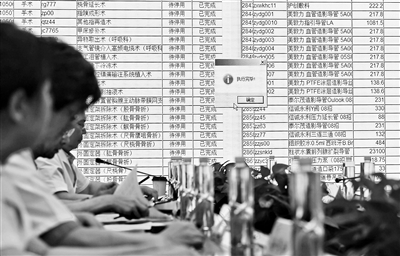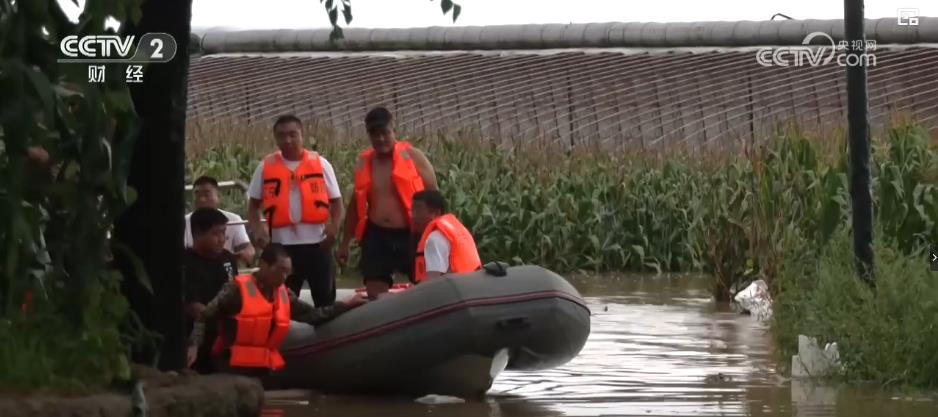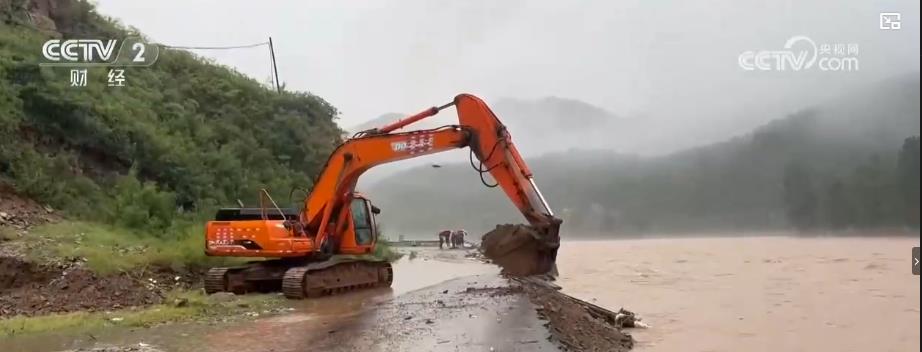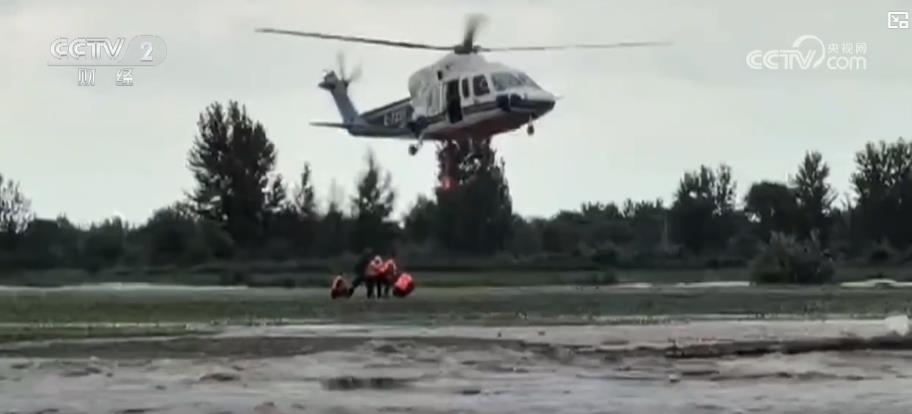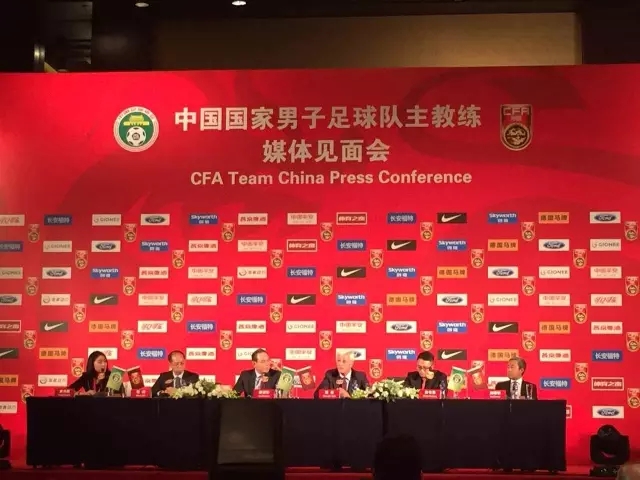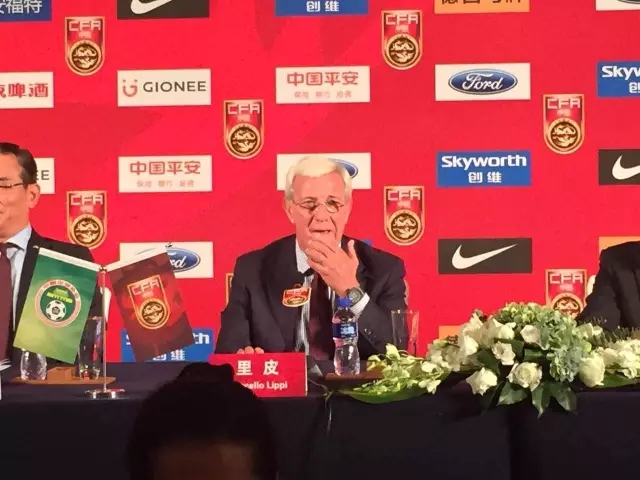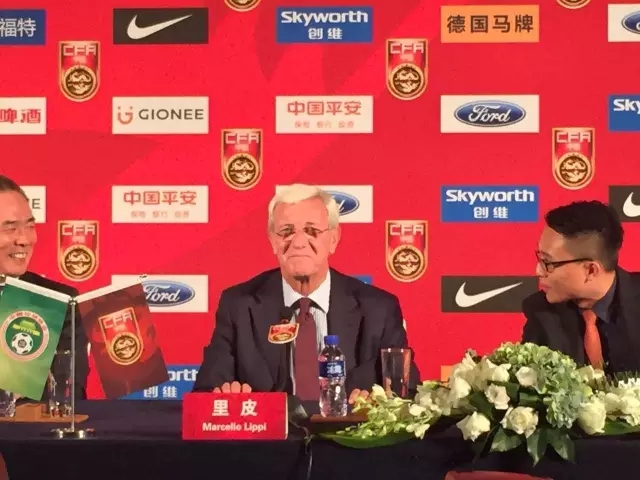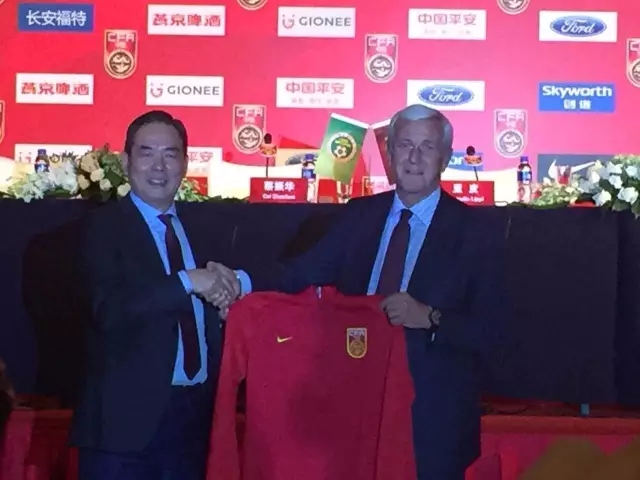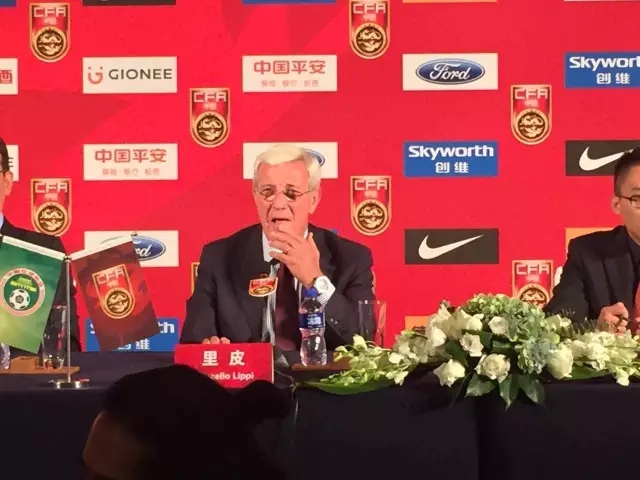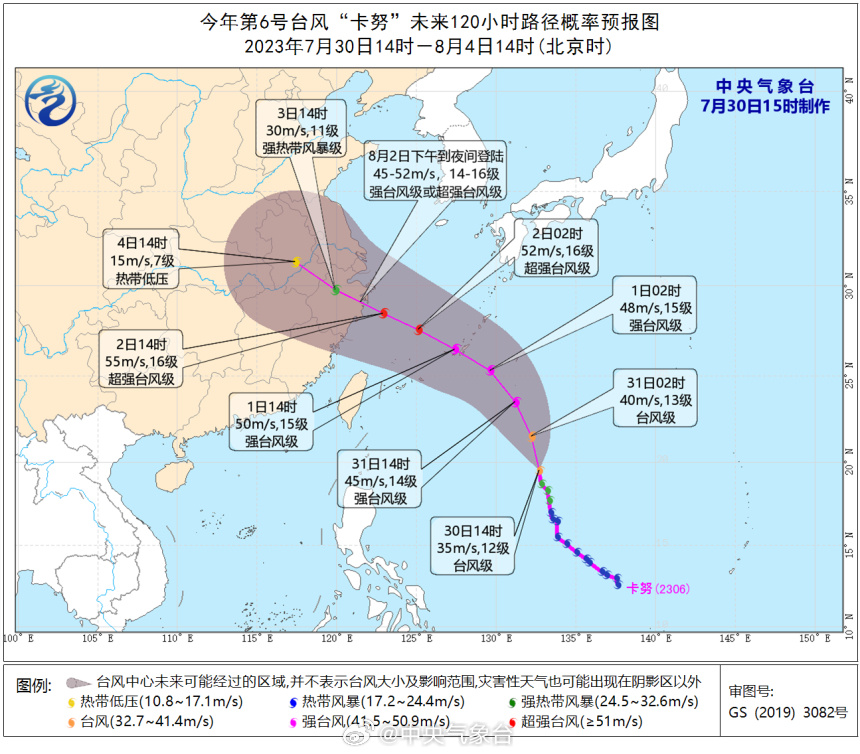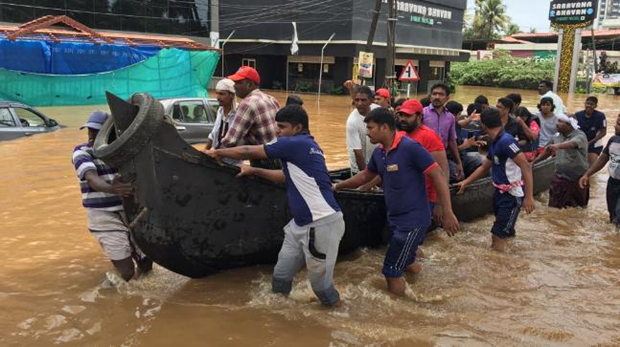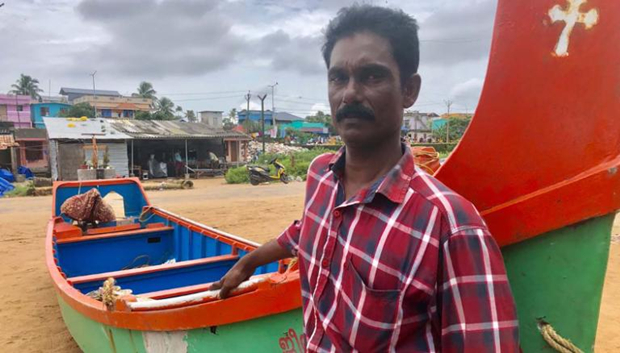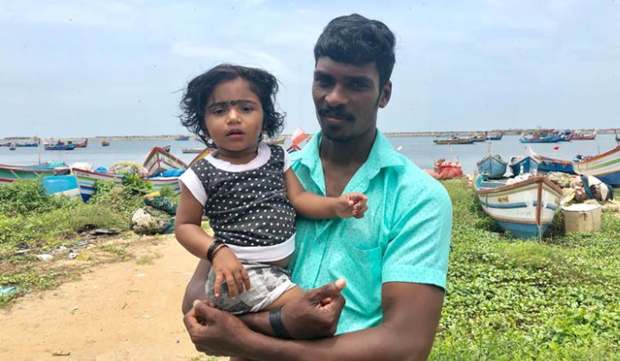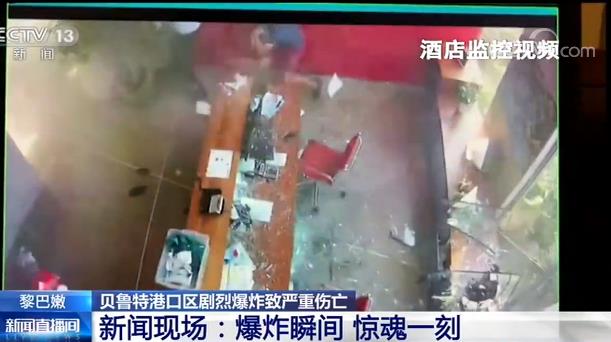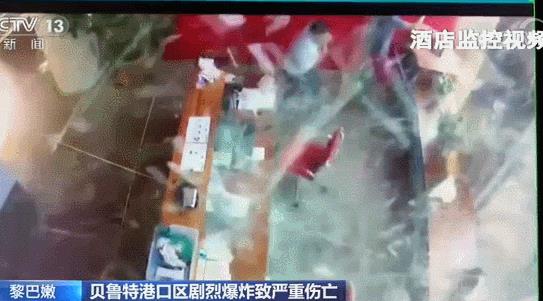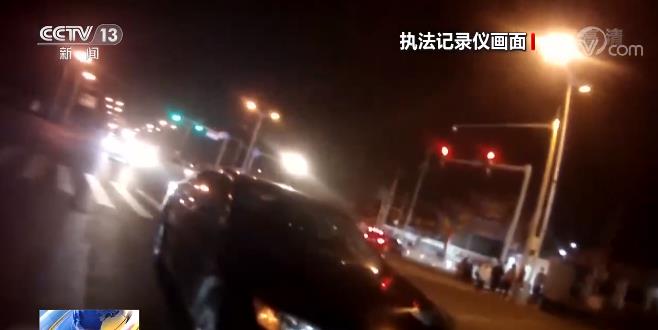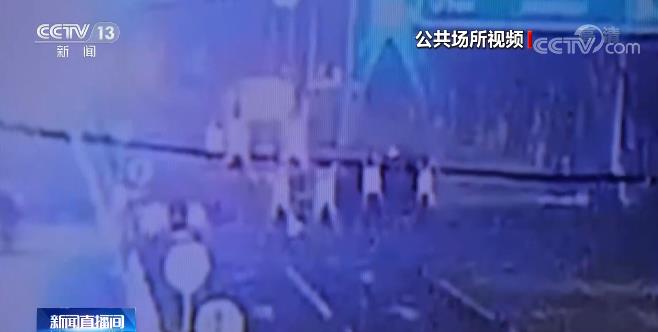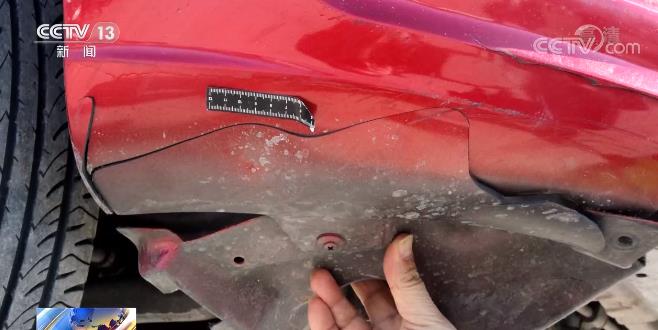Investigation motive
Recently, some readers called for advice: Your mobile phone credit has expired. Is it reasonable to set the service life of the credit? It is understood that more than 10,000 points of this reader have expired. Before the expiration, the telecom operator had a SMS notification. He felt that there was no suitable redemption gift after inquiring, and then he forgot about it. Recently, he found that the points had expired.
In order to attract customers and increase consumers’ stickiness to products, in recent years, many enterprises and businesses have introduced the point system, that is, giving away a certain amount of money and rewarding the corresponding points, and accumulating a certain amount of points can be exchanged for gifts and deducted some consumption amounts. Many people usually use points for eating, drinking and having fun.
Then, in addition to setting the service life of the integral, what other issues will be involved in the integral? How should consumers solve these problems? To this end, the reporter conducted an investigation and interview.
□ Our trainee reporter Zhang Shoukun
□ Our reporter Zhou Bin
"You have ×× points that will expire at the end of this month. Please hurry to redeem … …”
Not long ago, Yin Hang, who lives in Changshu City, Jiangsu Province, received a reminder from the telecom operator to exchange phone bill points. So, he opened the "integral mall" in the App and exchanged the points for two bags of laundry detergent and several tens of yuan. But there are still a few points, and there are no suitable goods to exchange. After consulting customer service, I was told that it would expire after not using it, and it could not be accumulated to the next cycle.
"These points are all my usual consumption income, which originally belonged to me. Why do merchants have to set the use period, and he said that it will expire when it expires?" Yin Hang expressed his incomprehension.
The reporter of "Rule of Law Daily" recently learned in an interview that in addition to doubts about "whether the use period of points is reasonable", many consumers expressed dissatisfaction with some problems such as not reminding before the expiration of points, "being expired" and difficulty in redemption.
Integral is widely used in business.
Merchants can set a service life.
At present, many businesses use membership system to attract consumers, and consumption means giving away and rewarding points. From the use of telephone bills to credit card consumption, from online shopping to travel ticket purchase, the points system has involved all aspects of people’s economic life.
The two children of Li Ting (a pseudonym) in Chuzhou City, Anhui Province have been drinking a certain brand of milk powder since childhood. Every time they buy milk powder and other commodities, the online mall will give her a bonus. In June of this year, when she logged into the mall and prepared to exchange points for gifts, she found that more than 10,000 points had expired.
"I didn’t know that there was an expiration before. Usually, SMS pushes a bunch, and the points expire quietly." Li Ting told the reporter that after reporting to the customer service, she learned that when the points expired, they could only expire, and there was no remedy. "Before the expiration, the merchants didn’t remind me, and the points were originally obtained by spending money to buy goods. Why did they let the merchants set a time limit?"?
During the interview, many consumers raised similar questions: What is the integral? Can the merchant set the use period?
According to Shi Jiayou, a professor at the Law School of Renmin University of China, executive director of the Civil and Commercial Law Science Research Center, and Ren Chao, a professor at the School of Economics and Law of East China University of Political Science and Law, points have property attributes and belong to consumers.
Shi Jiayou said that the points system is a means of promotion for merchants, and it is a unilateral gift for merchants. If the trading conditions are set, it may constitute a contract, and the points are converted into commitments of merchants, which are binding on them. According to the general principles of the Civil Code and the Contract Law, merchants should fulfill their commitments.
"The legal attributes of points are not clearly defined in law, but are agreed by the points issuer and the user’s autonomy. ‘ Points can be exchanged for goods ’ It is the merchant’s commitment to consumers, which makes the points have certain value attributes within the corresponding scope, and to a certain extent belongs to the virtual property of consumers. " Ren Chao said.
Regarding the question of whether the merchants can set the use period, the interviewed experts all think that the setting period is reasonable and legal.
Sun Jianrong, a senior partner of Beijing Deheng (Suzhou) Law Firm, said that the common promotion measures of "giving points for consumption" are gifts in legal nature. When consumers reach the pre-set consumption conditions of merchants, merchants give their property rights to consumers in the form of points, and consumers accept them, and both parties reach a gift contract.
"Merchants can set a valid period for the redemption of points. According to Article 160 of the Civil Code, merchants can attach a termination period when giving points. When the period expires, the gift will be invalid." Sun Jianrong analyzed, but in the setting of the effective period, merchants should give full consideration to ensuring that consumers can use the points normally and avoid infringing on the legitimate rights and interests of consumers.
Huang Hajime Taki, a doctor of law and a teacher of Guangdong University of Finance and Economics, believes that the point expiration system set by merchants can be regarded as a standard contract, and the contents in it are standard clauses. According to the voluntary principle in Article 5 of the Civil Code and the relevant provisions in Article 465, this standard contract is effective, and merchants can specify the content of the points due and how to deal with the expired points.
Set a reasonable service life
In case of force majeure, it shall be extended.
The reporter learned in the interview that the situation of expired points is everywhere. Many consumers have suggested that it is not because they don’t want to use it, but because of reasons such as "the merchant has no overdue reminder", "the set use period is too short" and "the impact of the epidemic". In this case, it is unreasonable for the points to expire without compensation.
Li Rui from Guangdong told reporters that in June this year, when he opened an online mall, he found that his more than 30,000 points suddenly lost more than 10,000 points. Only after calling the customer service did he know that the more than 10,000 points had expired. "The merchant has never explicitly told me that the points will expire before. I can only see the total number of points in the mall interface. There is no information about the validity or expiration of points, and there is no phone call or SMS reminder."
"This more than 10,000 points is worth more than 100 yuan. I reflected this situation to the customer service, but the customer service thought it was my problem and did not pay attention to the usage period of the points in time. " Li Rui said angrily, reminding and informing is the obligation of merchants. Why should consumers bear the loss?
"The validity period of the points constitutes the content of the gift contract and belongs to the format text. Therefore, the merchant should give a significant prompt and explanation to the consumer at the time of the first gift and obtain the consent of the consumer. If it is not informed in advance or changed at will later, it is an infringement of consumers’ right to know. " Sun Jianrong said.
According to Huang Hajime Taki, according to the Civil Code, if the terms are related to consumers’ interests, including the use period of points, consumers should be informed or reminded in a significant way to ensure that consumers are fully informed when spending. If the merchant fails to fulfill the obligation of prompting and informing, resulting in consumers not paying attention to the above terms, consumers can claim that the above terms are not established and are not legally binding on consumers.
Recently, Ms. Lin of Shanghai is also engaged in a tug-of-war with merchants for the expired points. She used to visit a doll shop of a certain brand, and every time she spent money, she got a point included in her membership card. Due to the epidemic situation in Shanghai some time ago, and the merchants stipulated that the validity period of points was only 3 months, a large number of points expired. Ms. Lin repeatedly reported to the customer service and complained many times, but she still failed to get the points extension or compensation.
In this regard, Shi Jiayou said that according to business practice, merchants have the right to set the use period for points, but they should set a reasonable period, such as airline mileage points. Most consumers will not fly frequently, and it may take two or three years to reach the minimum requirement for redeeming mileage. Then the use period of points should be set at least two years.
"Starting from protecting the legitimate rights and interests of consumers, merchants should give a prompt one month before the points expire. In case of force majeure such as epidemic situation, the service period of points should be extended. " Shi Jiayou said that there are no technical obstacles for businesses to do so, and it is also the proper meaning for them to fulfill their social responsibilities according to law.
In addition, in reality, there are cases where the points are "expired" and "reduced" due to non-consumer personal reasons such as merchant system upgrade, system error and unclear rules.
On March 13th this year, Ms. Zhao from Hexi District of Tianjin bought herself a birthday present in an online shopping mall, and spent a total of 430 yuan. According to the online shopping mall integral rules, you can get double points for spending on your birthday, that is, 860 points. But a few days later, Zhao Nvshi only received 430 points when he went offline to pick up the goods. The customer service said that the day of picking up the goods was not a birthday, so it was impossible to double the points. This explanation is beyond Zhao Nvshi’s comprehension.
Many consumers from Beijing, Tianjin, Jiangsu and other places spoke in an interview with reporters, saying that sometimes the reason why they choose a certain brand for similar products is that they take a fancy to their points and redemption of points, and they have worked hard to save points. Now, if the points expire, they will expire, and if they decrease, their own rights and interests will be reduced. This dishonest behavior of merchants should be condemned.
Points redemption hidden routine
Collecting evidence and safeguarding rights according to law
In addition to the service life, it is not easy to exchange points for ideal goods.
Ms. Liu from Fengtai District, Beijing, exchanged points for a gift certificate from 20 yuan in an online mall and found that the gift certificate was not supported in her area. On the redemption page, there is no indication of which areas can be used, and there is no warning that "once redeemed, it cannot be returned".
"The gift coupons that have been redeemed can neither be placed nor returned, which is equivalent to wasting a lot of points in vain. Obviously, it is a dumb loss for consumers." Ms. Liu said.
What bothers Gala from Chuzhou, Anhui Province is not that he doesn’t have points, but that he can’t use them. He has used credit cards for many years and has a large number of convertible points, but the goods he wants to exchange have been out of stock. There are also some goods, which are often robbed in an instant when the merchants set up a rush. Gala told the reporter that he had reflected this problem to the customer service many times, and the other party invariably said: The goods will be updated irregularly.
There are also many consumers complaining to reporters that there are fewer and fewer cases of simply exchanging points for goods, and there are more and more forms of "points+cash" for goods. Do you doubt whether the points really offset some of the amount?
According to public reports, in March this year, Ms. Yang, a consumer in Xinyang City, Henan Province, reported that she bought a 1kg bottle of laundry detergent through integral mall, and the page showed that she needed to pay 683 points +24.17 yuan in cash. In the online self-operated store of the laundry detergent, it only costs 23.8 yuan to buy the same product, and the price after using the points is even more expensive than the normal purchase price.
Regarding the problems existing in the points system, Chen Yinjiang, deputy secretary-general of the china law society Consumer Protection Law Research Association, said that this is because some merchants’ points rules are not open and transparent enough, and the rules are not clear enough, and all disputes are caused by the merchants’ final say. In addition, it is also related to the complexity of some points acquisition and redemption processes, and some merchants even deliberately set additional conditions, which led some consumers to simply give up their rights and interests.
How to further standardize the integral system?
Ren Chao believes that merchants should make reasonable judgments on expired points according to different situations. After the merchant informs and the consumer knows or should know the due clearing rule, if the consumer misses the integral activity only for his own reasons, the merchant may not postpone or compensate; However, if the points cannot be used due to the reasons of the merchants or objective factors that are not attributable to the consumers themselves, the merchants shall provide the points extension and compensation services.
Chen Yinjiang suggested that when formulating the points rules, merchants should be fair and reasonable, taking into account the interests of both parties, and should not set the exchange threshold too high, especially not set some unfair and unreasonable format clauses that restrict exchange and harm the legitimate rights and interests of consumers. In addition to informing consumers in advance of the points rules and reminding them before the expiration, merchants should also unblock the after-sales service channels to facilitate consumers to negotiate and solve problems in time.
"Consumers should also raise their awareness of self-protection and not blindly consume for points. Before using the consumption points, you should carefully read the points rules formulated by the merchants. If you encounter problems with damaged rights and interests, you should collect relevant evidence in time and defend your rights according to law. " Chen Yinjiang said.
In Ren Chao’s view, because merchants or e-commerce platforms have a stronger trading position than consumers, in fact, consumers do not have much bargaining space for the points system, and they either accept or choose to leave. It can even be said that the acceptance and consent of some consumers is also a kind of "passive" consent. Therefore, reporting the points to the platform customer service may have little effect. If consumers feel that their rights and interests are damaged, it is recommended to report to consumer rights protection organizations and defend their rights according to law.
"If there is a problem with the goods redeemed by consumers with points, the Consumer Protection Law, the Product Quality Law and the relevant Three Guarantees Regulations can also be applied, and consumers can claim their rights and interests according to the normal purchase of goods or services. In other words, if there are quality problems in the products redeemed by points, the merchants can also be required to fulfill the policies of warranty, replacement and refund according to law. " Chen Yinjiang said.
